Join us as we delve into the fascinating and controversial world of bicameral mentality, a hypothesis introduced by Julian Jaynes. In his groundbreaking book, \.
Category: neuroscience – Page 383
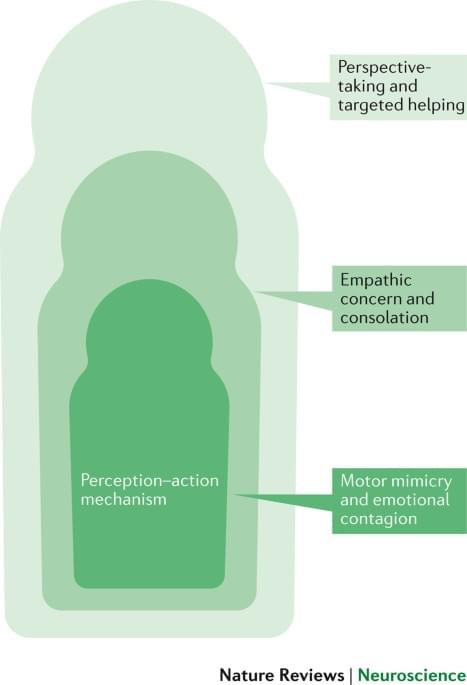
Mammalian empathy: behavioural manifestations and neural basis
An interesting review paper on the neuroscience of empathy.
Empathy is a characteristic of all mammals that ranges from being sensitive to another’s emotions to adopting their perspective. In this Review, de Waal and Preston discuss current hypotheses concerning how the emotional states of others are understood in a variety of species.

Creativity and Humor shown to Promote Well-Being in Older Adults via Similar Mechanisms
Many people associate aging with a decline in cognitive function, health issues, and reduced activity. Uncovering mental processes that can boost the well-being of the older adults could be highly beneficial, as it could help to devise more effective activities aimed at improving their quality of life.
Researchers at University of Brescia and the Catholic University of the Sacred Heart recently carried out a study investigating the contribution of creativity and humor to the well-being of the elderly. Their findings, published in Neuroscience Letters, show that these two distinct human experiences share common psychological and neurobiological processes that promote well-being in older adults.
“Our recent study belongs to a line of research aimed at investigating the cognitive resources which are still available to elderly people and at understanding how such resources can support well-being,” Alessandro Antonietti, co-author of the paper, told Medical Xpress.

This well-timed ‘chameleon’ sneaks up on drug-resistant brain cancers
Yale researchers are using chemical “chameleons” to sneak up on drug-resistant brain tumors.
A Yale Cancer Center team has synthesized a compound, KL-50, that they say selectively targets drug-resistant glioblastomas while leaving healthy tissue alone.
Yale scientists say KL-50, their lead “chameleon” compound, effectively targets tumors without harming healthy surrounding tissue.
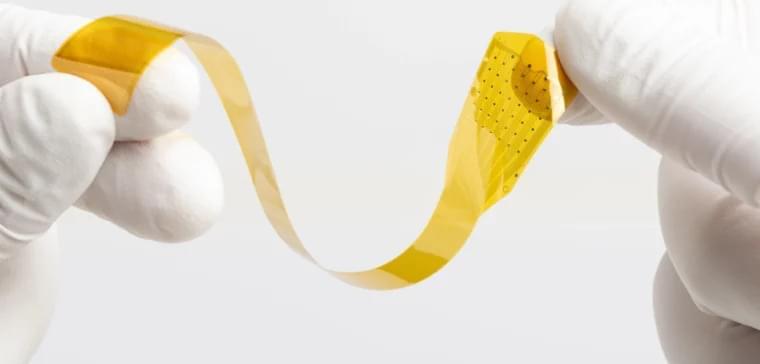
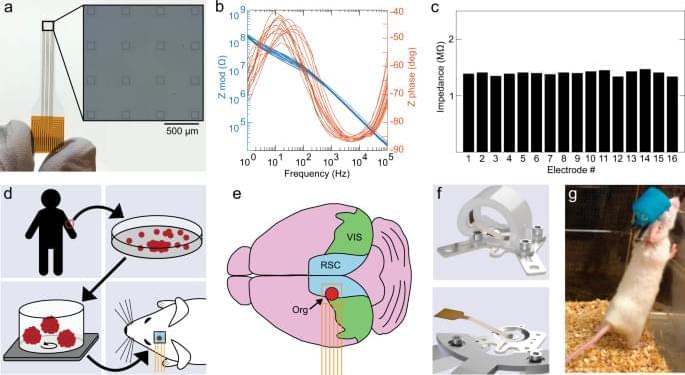
Multimodal monitoring of human cortical organoids implanted in mice reveal functional connection with visual cortex
Year 2022 This can lead to even greater understanding of the human brain with organiods in mice.
Neuron al organoids derived from human induced pluripotent stem cells can be transplanted and integrated into the rodent cortex for the study of brain development and function. Here the authors demonstrate use of transparent graphene microelectrodes and two photon imaging for longitudinal, multimodal monitoring of functional connectivity between human iPSC derived neuronal organoids and the mouse cortex.
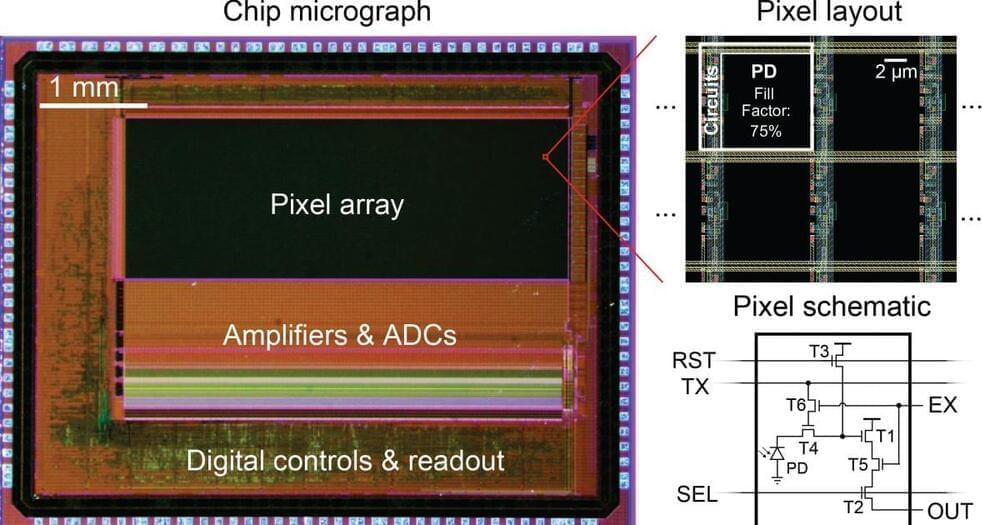
Fay Dowker: Causal Set Theory, Quantum Gravity, Consciousness, Non-Locality, Stephen Hawking
Stephen Paul KIng [always] has [good] ideas—especially for [error] rectification.
Fay Dowker is a physicist and is currently a professor of Theoretical Physics and a member of the Theoretical Physics Group at Imperial College London and a Visiting Fellow at the Perimeter Institute. Fay conducts research in a number of areas of theoretical physics including quantum gravity and causal set theory.
Curt’s \
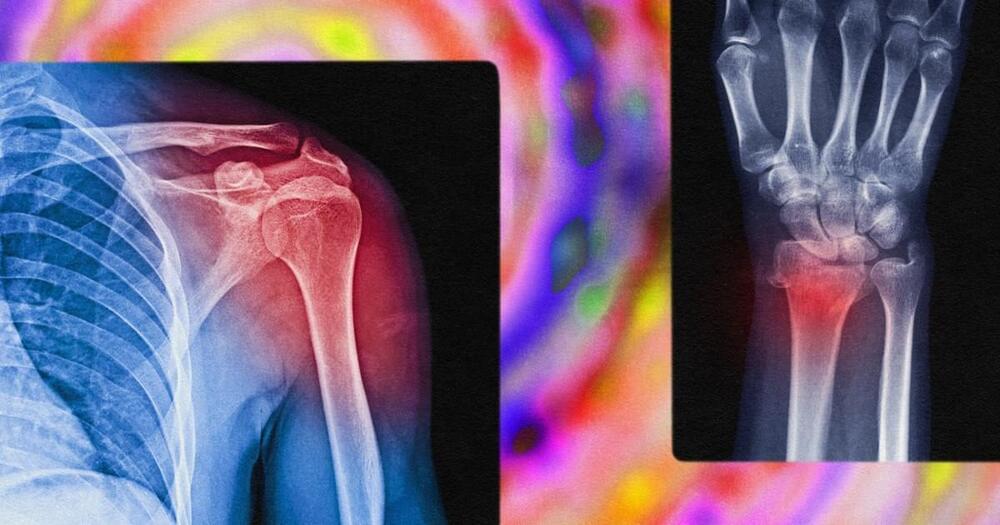
How psychedelics could help silence chronic pain
What if symptoms of chronic pain were sometimes just echoes of a past injury, and your brain could “snap out of it” with the help of psychedelics? It’s a surprising theory that several labs around the world are beginning to investigate. While there have been few double-blind, placebo-controlled, randomized clinical trials evaluating the efficacy of psychedelics for treating chronic pain, preliminary evidence is beginning to emerge — with promising results.
Chronic pain is defined as pain that persists beyond the usual recovery period or occurs with another condition. It may occur continuously or happen off and on. The most common manifestations of chronic pain are lower back pain, headache disorders, fibromyalgia, and neuropathic pain. People treated for chronic pain often undergo “pain management programs” that combine approaches from different fields to customize treatments.
Although it may be a reflection of ongoing physical health issues, chronic pain can also have deeply psychosomatic origins, reflecting the close relationship between mind and body.

Episode 3: “DNA Barcoding and Projectome Mapping”
Listen to this episode from Carboncopies Podcast on Spotify. In the third episode of the Carboncopies Podcast Series, Professor Tony Zador presents his work in DNA barcoding and projectome mapping. This technique has already been utilized by the well known Allen Brain Atlas. Zador further presented a nascent extension of this work that offers the possibility of using the same basic technique to map connectomes.